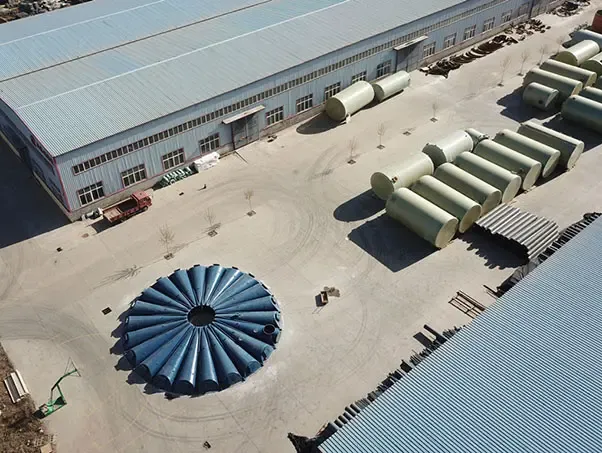
-
 Afrikaans
Afrikaans -
 Albanian
Albanian -
 Amharic
Amharic -
 Arabic
Arabic -
 Armenian
Armenian -
 Azerbaijani
Azerbaijani -
 Basque
Basque -
 Belarusian
Belarusian -
 Bengali
Bengali -
 Bosnian
Bosnian -
 Bulgarian
Bulgarian -
 Catalan
Catalan -
 Cebuano
Cebuano -
 China
China -
 China (Taiwan)
China (Taiwan) -
 Corsican
Corsican -
 Croatian
Croatian -
 Czech
Czech -
 Danish
Danish -
 Dutch
Dutch -
 English
English -
 Esperanto
Esperanto -
 Estonian
Estonian -
 Finnish
Finnish -
 French
French -
 Frisian
Frisian -
 Galician
Galician -
 Georgian
Georgian -
 German
German -
 Greek
Greek -
 Gujarati
Gujarati -
 Haitian Creole
Haitian Creole -
 hausa
hausa -
 hawaiian
hawaiian -
 Hebrew
Hebrew -
 Hindi
Hindi -
 Miao
Miao -
 Hungarian
Hungarian -
 Icelandic
Icelandic -
 igbo
igbo -
 Indonesian
Indonesian -
 irish
irish -
 Italian
Italian -
 Japanese
Japanese -
 Javanese
Javanese -
 Kannada
Kannada -
 kazakh
kazakh -
 Khmer
Khmer -
 Rwandese
Rwandese -
 Korean
Korean -
 Kurdish
Kurdish -
 Kyrgyz
Kyrgyz -
 Lao
Lao -
 Latin
Latin -
 Latvian
Latvian -
 Lithuanian
Lithuanian -
 Luxembourgish
Luxembourgish -
 Macedonian
Macedonian -
 Malgashi
Malgashi -
 Malay
Malay -
 Malayalam
Malayalam -
 Maltese
Maltese -
 Maori
Maori -
 Marathi
Marathi -
 Mongolian
Mongolian -
 Myanmar
Myanmar -
 Nepali
Nepali -
 Norwegian
Norwegian -
 Norwegian
Norwegian -
 Occitan
Occitan -
 Pashto
Pashto -
 Persian
Persian -
 Polish
Polish -
 Portuguese
Portuguese -
 Punjabi
Punjabi -
 Romanian
Romanian -
 Russian
Russian -
 Samoan
Samoan -
 Scottish Gaelic
Scottish Gaelic -
 Serbian
Serbian -
 Sesotho
Sesotho -
 Shona
Shona -
 Sindhi
Sindhi -
 Sinhala
Sinhala -
 Slovak
Slovak -
 Slovenian
Slovenian -
 Somali
Somali -
 Spanish
Spanish -
 Sundanese
Sundanese -
 Swahili
Swahili -
 Swedish
Swedish -
 Tagalog
Tagalog -
 Tajik
Tajik -
 Tamil
Tamil -
 Tatar
Tatar -
 Telugu
Telugu -
 Thai
Thai -
 Turkish
Turkish -
 Turkmen
Turkmen -
 Ukrainian
Ukrainian -
 Urdu
Urdu -
 Uighur
Uighur -
 Uzbek
Uzbek -
 Vietnamese
Vietnamese -
 Welsh
Welsh -
 Bantu
Bantu -
 Yiddish
Yiddish -
 Yoruba
Yoruba -
 Zulu
Zulu
High-Performance FRP Boats for Ultimate Water Adventures
The Rise of FRP Boats A Revolution in Boating Technology
The world of boating has experienced significant advancements over the past few decades, with one of the most transformative developments being the introduction of Fiber Reinforced Plastic (FRP) boats. These vessels have steadily gained popularity owing to their remarkable properties and advantages over traditional materials like wood and metal.
FRP, a composite material made from a polymer matrix reinforced with fibers, typically glass or carbon, offers exceptional strength-to-weight ratios. This aspect is particularly beneficial in marine applications where reducing weight can lead to increased speed and improved fuel efficiency. Unlike their wooden counterparts, FRP boats do not warp, rot, or splinter, which significantly extends their lifespan and reduces maintenance costs. This durability is a game-changer for both recreational boaters and commercial operators, making FRP a preferred choice for manufacturers.
.
Another substantial advantage of FRP boats is their resistance to corrosion. Traditional metal boats often suffer from rust and corrosion due to prolonged exposure to saltwater, which can compromise their structural integrity. In contrast, FRP boats can withstand harsh marine environments without deteriorating, which is especially important for those who venture into the sea regularly. This resilience not only assures safety but also keeps operating costs down, as boaters spend less on repairs and upkeep.
frp boat

Furthermore, FRP alternatives are often more environmentally friendly compared to their traditional counterparts. The production methods for FRP can be optimized to minimize waste and energy usage. Additionally, as the global boating community increasingly prioritizes sustainability, the eco-friendly nature of FRP aligns well with market demands. Efforts are also underway to develop bio-based resins that can reduce the environmental impact even further.
In recent years, the popularity of FRP has been bolstered by technological advancements. Manufacturers are continually exploring the use of new fibers and resins, improving the performance characteristics of these boats even more. Innovations such as vacuum infusion techniques and the incorporation of reinforcements like aramid fibers have led to even lighter and stronger crafts capable of withstanding the rigors of marine life.
As we look ahead, the future of FRP boats appears bright. Their unique blend of lightweight, durability, and design flexibility positions them as the favored choice for a wide variety of boating applications. With ongoing advancements in materials science, we can expect to see even more revolutionary designs and enhancements that will further solidify FRP's standing in the marine industry.
In conclusion, FRP boats mark a significant evolution in boating technology, marrying functionality with sustainability. As boaters and manufacturers alike embrace these innovations, FRP boats are set to dominate the market, ushering in a new era of high-performance, eco-friendly vessels on the water.









